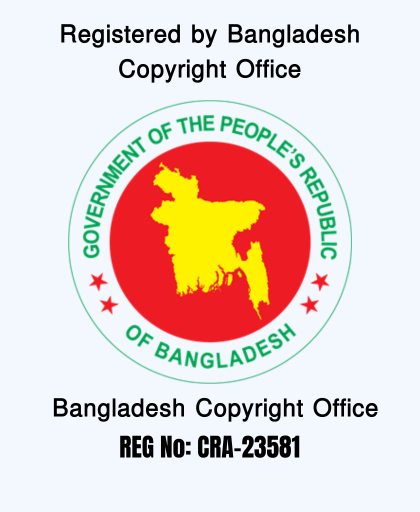
Project Profile
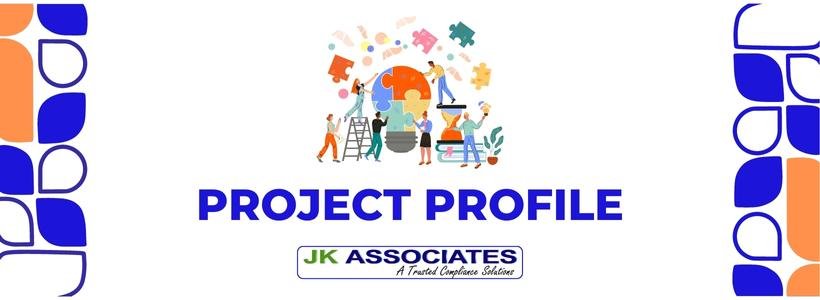
A project profile is an important document that outlines the key elements of a project. It helps to summaries and present the purpose, objectives, and scope of the project in a concise manner. It is typically used to provide detailed information about a particular project to stakeholders such as investors, sponsors, and team members.
What is the project profile?
By using a well-prepared project profile, stakeholders can quickly get an overview of the entire scope and purpose of the proposed project and plan accordingly. Furthermore, it will help them identify potential risks or opportunities associated with the development or implementation process better. A project profile is an overview of a specific project that helps stakeholders understand the scope and purpose of the project, as well as its timeline and budget. It provides a snapshot of key information related to the project, including goals, objectives, resources needed, risks and dependencies. The goal of creating a project profile is to help ensure that all stakeholders are on the same page and have access to necessary information. This can help ensure successful outcomes by reducing confusion and promoting collaboration among team members.
What is the purpose of the project profile?
The purpose of a project profile is to provide an overview of the project and its goals. It should include all relevant information about the project such as its objectives, timeline, cost estimates, risks and opportunities. The preparation of a good project profile requires careful planning and analysis so that it can effectively communicate key aspects of the proposed project.
Elements of project profile:
A project profile is a document that provides an overview of a project and its key elements. The key elements of a project profile may vary depending on the type and scope of the project, but here are some common elements that are typically included.
Elements to prepare project profile:
A) Executive summary of the Project:
1 . Brief Description of the Project
2. Name, Location, Product/Services, Capacity
3. Fixed cost of the Project & Means of Finance
4. Production Capacity, Price and Revenue Generation
5. Short Financial Forecast
B) Management :
1 . Name of sponsors, Directors of the company, their background and experience.
2. Comment on the management and financial capabilities and track record.
3. Performance of other concerns, if any, where such Directors are involved.
4. Details of foreign collaboration, if any.
5. Names of Directors who will be responsible for supervising the administrative and technical aspects, both at the implementation and production stages.
C) Market :
1 . Proposed product-mix/service to be offered.
2. Capacity to be developed.
3. Existing demand along with future projection.
4. Capacity already developed.
5. Actual capacity utilization.
6 . Demand-supply gap.
7. Pricing of proposed product/service.
8. If the product/service is import-substitute, duty structure of imported items.
9. Distribution channel.
D) Technical :
1. Location area of land and if development of land is required, the cost thereof.
2. Communication facilities.
3. Availability of utilities.
4. Civil works – (Type of building and specifications of construction, covered area, estimated cost).
5. Plant and machinery
6 . Imported machinery
i. C&F cost
ii. Other cost
iii. Country of origin
7. Local machinery.
8. Erection and installation.
9. Technology transfer, if any
10. Raw materials
11 . Imported
i. C&F cost
ii. Duty and taxes
iii. Other costs
12. Local raw and packing materials
13. Manpower
14. Managerial and technical
15. Administrative and sales
16. Labor:
i. Skilled
ii. Semi-skilled
iii. Unskilled
17. Furniture and fixture
18. Office equipment
19. Transportation
20. Safety provision
21. Waste disposal
22. Implementation schedule
E) Financial aspects :
1. Assumption for financial analysis
2. Cost of the project and means of finance
3. Estimate of working capital
4. Sales estimate
5. Projected income statement
6. Cost of service/goods sold
7. Gen, administrative and selling expenses
8. Break-even analysis
9. Pay-back period
10. Cash-flow statement
11. Projected balance sheet
12. Debt-service coverage ratio
13. Internal rate of return
14. Ratio analysis
15. Sensitivity analysis
F) Economic aspects:
1. No. of jobs created
2. Cost per job created
3. Contribution to GDP
4. Earning in foreign exchange or foreign exchange savings.
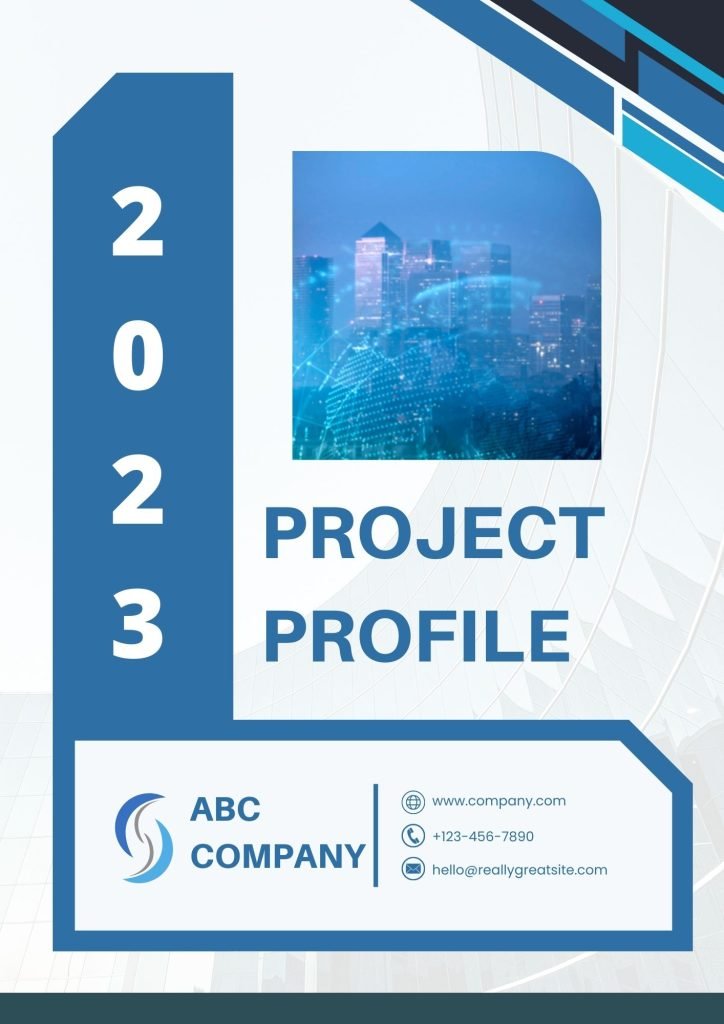

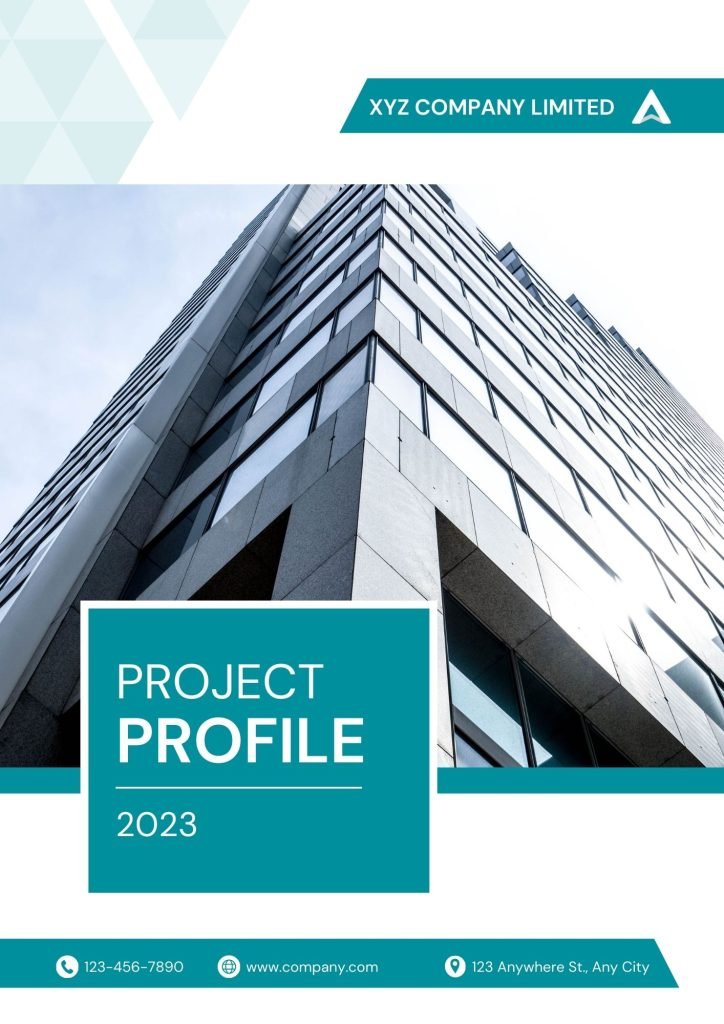
KEY ASPECTS TO CONSIDER IN PREPARING A PROJECT PROFILE
Preparing a project profile is an important step in initiating any project, as it serves as a roadmap for the project team and other stakeholders. The following are key aspects to consider in preparing a project profile:
Overall, the key aspects to consider in preparing a project profile are to define the project’s purpose and objectives, scope of work, stakeholder analysis, project timeline, budget and resources, risk management, communication and reporting, and project governance. These aspects will help ensure that the project is well-planned and executed, and that it aligns with the organization’s goals and objectives.
Related Articles
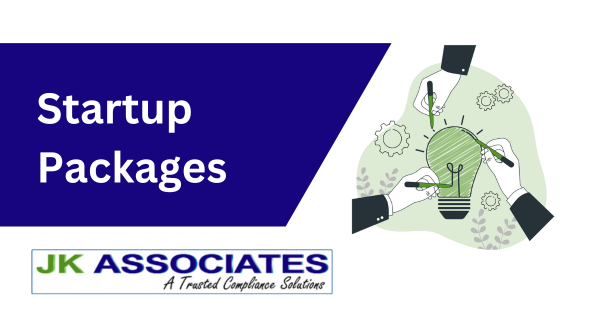
Startup Packages
Read Startup Packages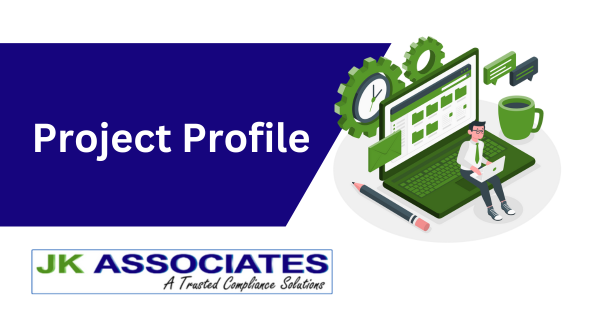
Project Profile
Read Project Profile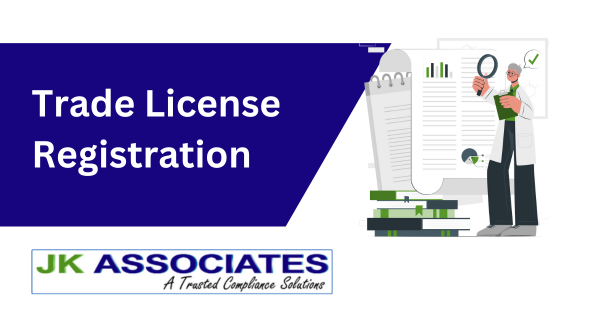
Trade License
Read Trade License
Export License
Read Export License
Import License
Read Import License
Loan Consultancy
Read Loan Consultancy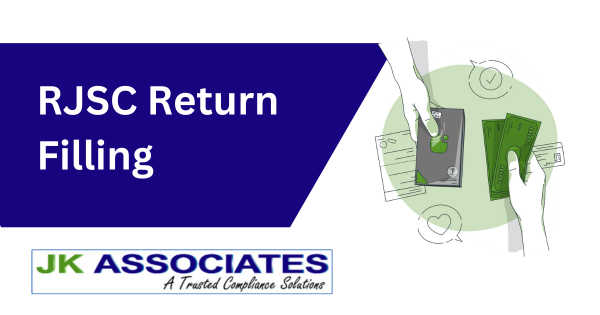
RJSC Return Filling
Read RJSC Return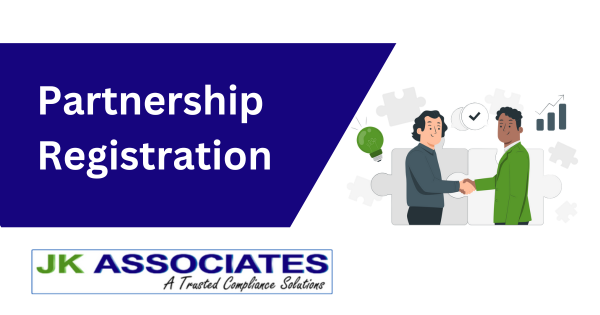
Partnership Registration
Read Partnership Reg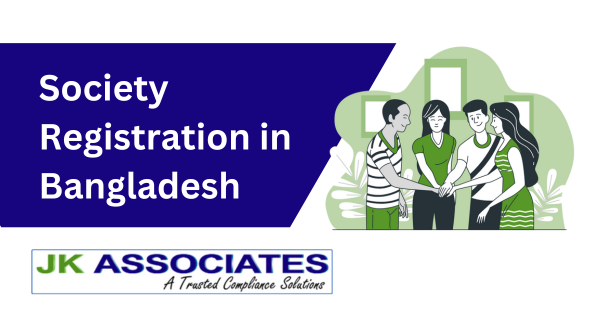
Society Registration
Read Society Reg
One Permission Company
Read One Permission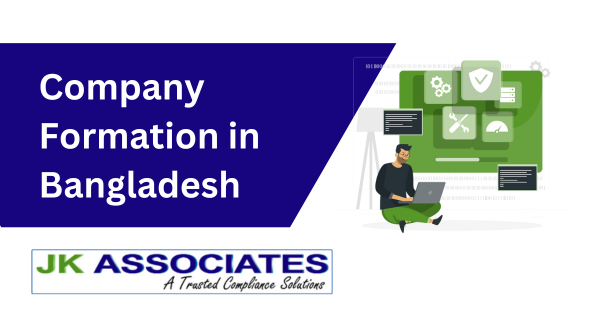
Company Formation
Read Company Formation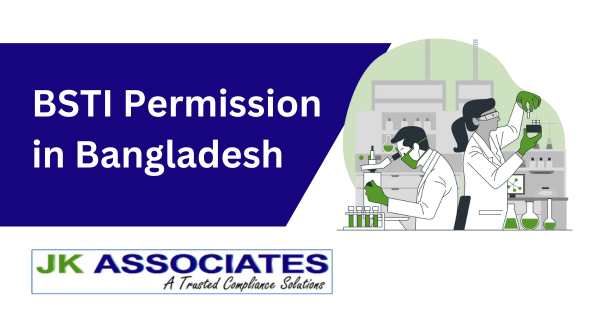
BSTI Permission
Read BSTI Permission
Startup Packages
Read Startup Packages
Project Profile
Read Project Profile
Trade License
Read Trade License
Export License
Read Export License
Import License
Read Import License
Loan Consultancy
Read Loan Consultancy
RJSC Return Filling
Read RJSC Return
Partnership Registration
Read Partnership Reg
Society Registration
Read Society Reg
One Permission Company
Read One Permission
Company Formation
Read Company Formation
BSTI Permission
Read BSTI PermissionProject Profile FAQ



